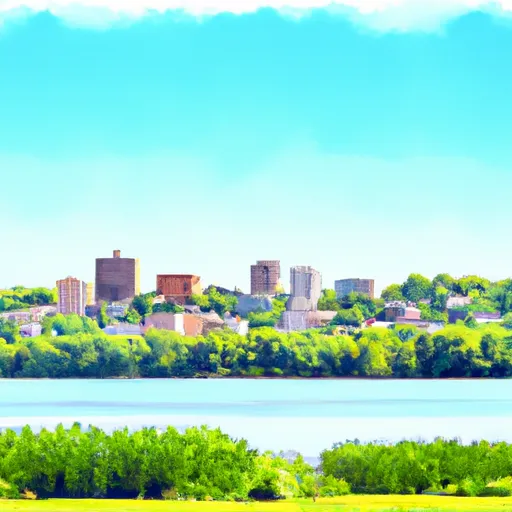°F
°F
mph
Windspeed
%
Humidity











Lake View, Iowa is a picturesque town located in Sac County. Known for its stunning natural beauty, Lake View experiences a humid continental climate with warm summers and cold winters. The average annual temperature is around 49°F (9°C), with July being the warmest month and January the coldest.
The town is home to Black Hawk Lake, a prominent hydrological feature that enhances Lake View's charm. The lake is an ideal destination for fishing enthusiasts, offering a variety of fish species, including catfish, bass, and crappie. Water sports such as boating and water skiing are popular activities on the lake, which covers an area of approximately 957 acres.
Lake View also provides ample opportunities for outdoor recreation beyond the lake. Within the vicinity, residents and visitors can enjoy hiking and biking trails, exploring the scenic beauty of the surrounding parks and forests. Autumn brings vibrant foliage, making it an ideal time to immerse in nature. The town organizes events like the annual Lake View Water Carnival, which offers a range of activities for all ages.
Overall, Lake View, Iowa is a haven for outdoor enthusiasts, offering a diverse range of recreational opportunities centered around its beautiful lake and natural surroundings.
Weather Forecast
Lake-View receives approximately 830mm of rain per year, with humidity levels near 84% and air temperatures averaging around 9°C. Lake-View has a plant hardyness factor of 5, meaning plants and agriculture in this region thrive during a short period during spring and early summer. Most plants will die off during the colder winter months.
Regional Streamflow Levels
165
Cubic Feet Per Second
421
Cubic Feet Per Second
24,000
Cubic Feet Per Second
55
Cubic Feet Per Second
Nearby Camping
| Camping Area | Reservations | Toilets | Showers |
|---|---|---|---|
| Hacklebarney Woods County Park | |||
| Pioneer City Park | |||
| Viking Lake State Park | |||
| Prairie Rose State Park | |||
| Legion City Park | |||
| Pilot Grove Co Park |



